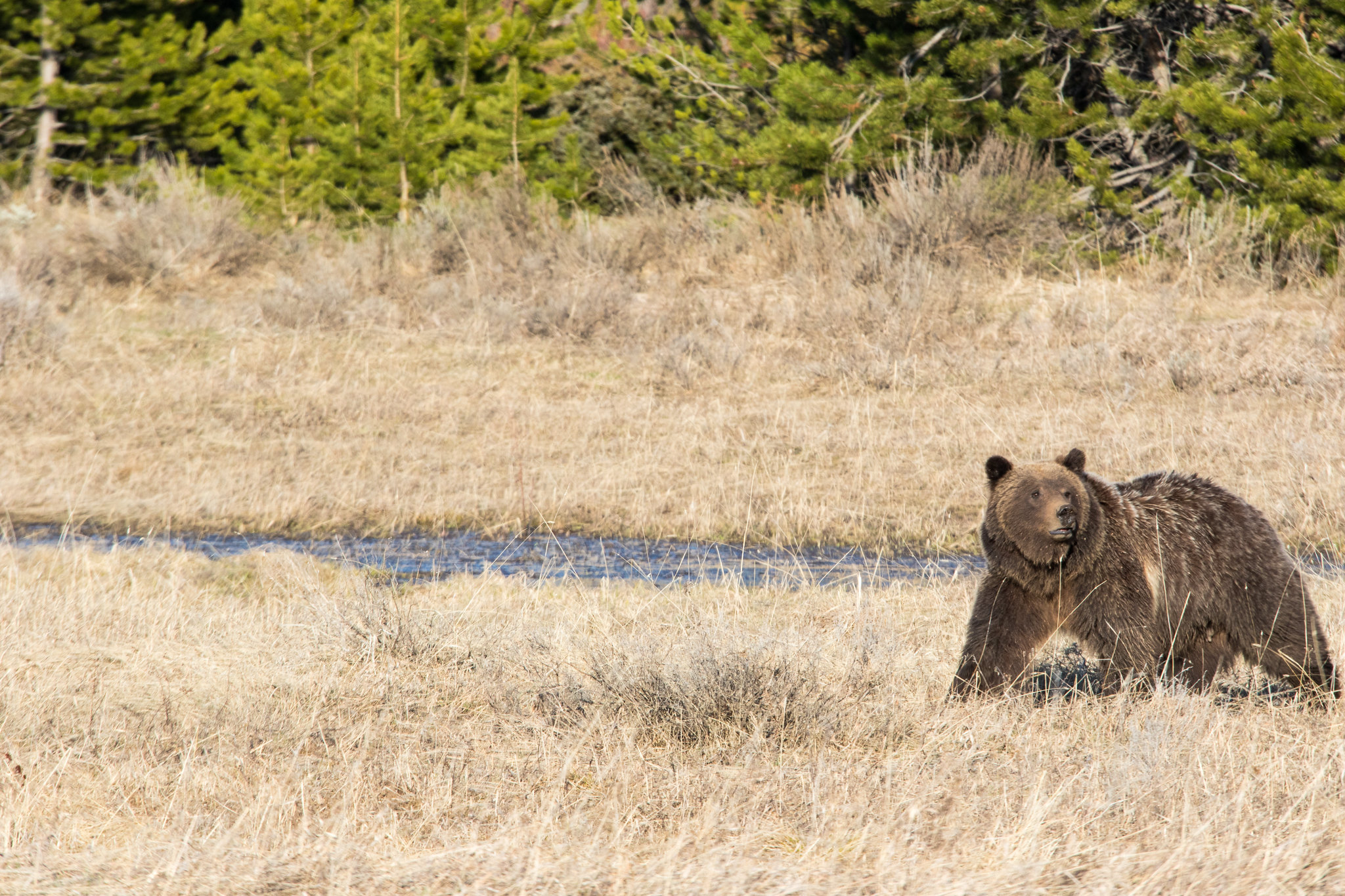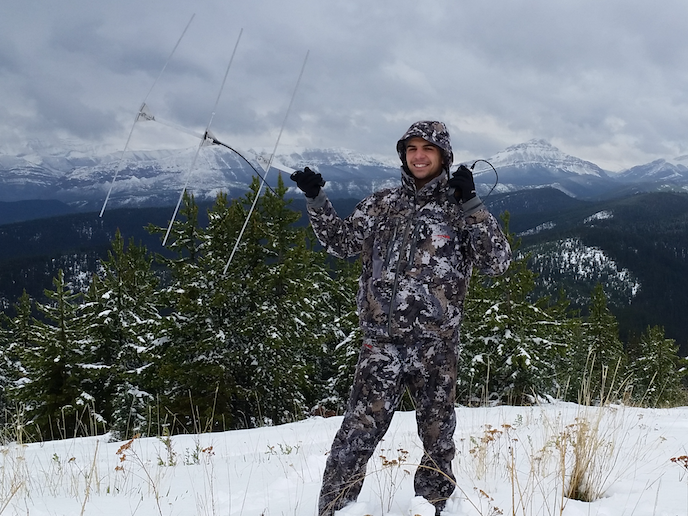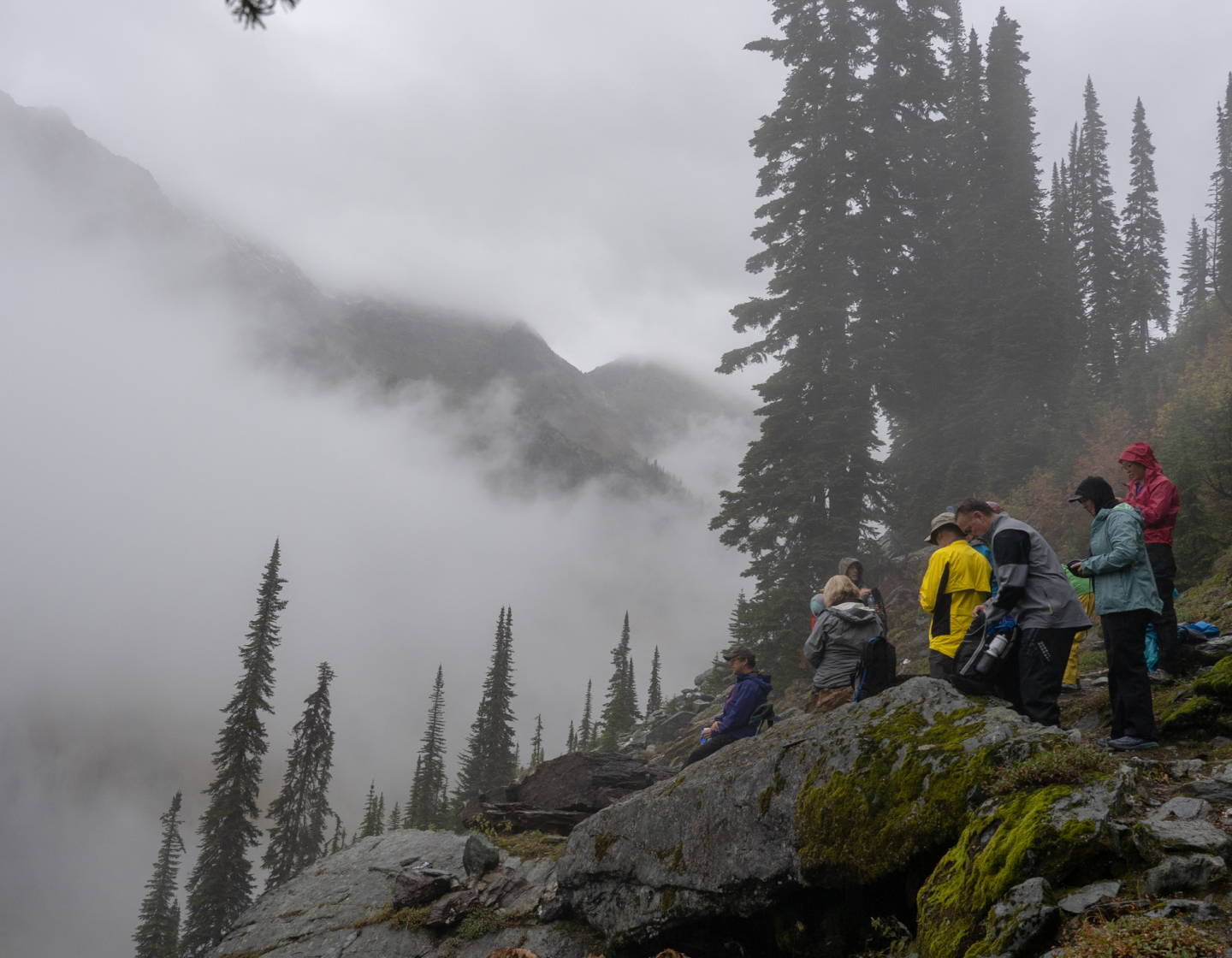Y2Y’s role is to provide the vision for a healthy Yellowstone to Yukon landscape, and to bring partners together to achieve as a network what none of us can accomplish alone. Everything Y2Y does, we do with our partners. Whether it is other conservation groups, local landowners, businesses, government agencies, Indigenous Peoples, scientists, or others, partners are the force behind the Yellowstone to Yukon vision. Together, we protect this landscape at the scale that nature demands.
our partners
Y2Y partners are defined as any individuals or groups that have, in the previous two years: received financial support from Y2Y; been contracted by Y2Y to undertake scientific research or other work; participated in the development or implementation of a collaborative conservation plan or project in one of our Priority Areas, or expressed support for the Yellowstone to Yukon vision and identified themselves publicly as a Y2Y partner.
Since 1993 we’ve worked with more than 790 partners, building a movement that unifies voices and people who support large-scale land conservation. Since 2023, we’re proud to have worked with the following partners:
Alberta Wilderness Association
Bamas, Antoine
BC Ministry of Transportation and Infrastructure
BC Ministry of Water, Lands and Resource Stewardship
Berman, Ethan
Biosphere Institute of the Bow Valley
British Columbia Backcountry Hunters & Anglers
Center for Large Landscape Conservation
Confederated Salish and Kootenai Tribes
Crowsnest Conservation Society
Dunn, Megan
Elk Valley Coexistence Coalition
Emdash
Environment and Climate Change Canada
Fish, Wildlife and Habitat Coalition
Florida Wildlife Corridor Foundation
Government of Northwest Territories
Grizzly Bear Solutions
Grylloblatta Ecological Consulting
Harvest Share & Bear Aware
Heart of the Rockies Initiative
Interagency Grizzly Bear Committee
IUCN – International Union for Conservation of Nature
Keeley, Dr. Annika
Levesque, Paul
Loosen Studio
Lower Clark Fork Watershed Group
Max Planck Institute of Animal Behavior
Montana Department of Transportation
Morehouse, Andrea
Mountain and Resort Town Planners Summit
Nadeau, Moe
National Centre for Truth and Reconciliation
O’Donovan, Sean
Outdoor Recreation Council of BC
PJ Osler & Associates
Province of British Columbia – Water, Land and Resource Stewardship
Salazar Center for North American Conservation
Sawaya, Michael
Schepens, Gabe
Screaming Retriever Brewing Company
Seepanee Ecological Consulting
Skeena Watershed Conservation Coalition
Smith Fellows – Society for Conservation Biology
Society for Conservation Biology
The Nature Conservancy of Montana
Theobald, Dave
Training Resources for the Environmental Community
Trans-Border Grizzly Bear Project
United Nations International Year of Glacier Preservation (Canada)
United Nations Mountain Partnership
University of California, Berkeley
University of Northern British Columbia
Upper Columbia Basin Environmental Collaborative
US Forest Service – Beaverhead-Deerlodge National Forest
US Forest Service – Lolo National Forest
Western Transportation Institute – Montana State University
Whyte Museum of the Canadian Rockies
Wildlife Science Centre – Biodiversity Pathways
Woodley, Dr. Stephen
Wyoming Wilderness Association
foundation, corporate, and government supporters
Support from foundations, corporations, government agencies, and individuals is critical to Y2Y’s success. Without these gifts, our vision for a healthy and connected Yellowstone to Yukon region would be impossible to achieve. We’re proud of this support. Below is a list of donor-advised funds, individuals, family foundations, and corporate and grant funders who have gifted more than $1,000 in support of conservation goals in the U.S. and/or Canada in 2023:
The Alben F. Bates and Clara G. Bates Foundation
Alberta Ecotrust Foundation
Animal Welfare Institute
Anonymous donor advised fund at The Chicago Community Foundation
Anonymous donor at The Denver Foundation
Audain Foundation
Banff Canmore Foundation
Barb and John Taylor Legacy Fund held at and administered by Vancity Community Foundation
Barbara Goodman Manilow
BC Parks
Beagle Charitable Foundation
Bergmann and Filakosky Donor Advised Fund
Boje Family Fund at Calgary Foundation
Buckridge Family Foundation at the Montana Community Foundation
Bunting Family Foundation
Calgary Foundation
The Chawkers Foundation
Consecon Foundation
Cross Charitable Foundation
The Donald Slavik Family Foundation
The Donner Canadian Foundation
Eleanor and Fred Winston – The Longview Foundation
Enterprise Holdings Foundation
Ernest J. Abele Fund of the Columbus Foundation
Evergreen Foundation
Fall Line Initiatives Fund at Calgary Foundation
Fanwood Foundation
Fondazione Capellino
The Franklin Philanthropic Foundation
Fredrick Prahl and Karen Skjei
Galvin Family Fund at Calgary Foundation
Gencon Foundation
Gordon and Betty Moore Foundation
Government of Alberta Community Initiatives Program
Government of Canada Environmental Damages Fund
Greg Cote and Nancy Rourke
Habitat Conservation Trust Foundation
Harvey Locke Conservation Inc.
Head and Heart Foundation
The Henry and Susan Rose Family Fund
Holdfast Collective
House Family Foundation
Jeff and Jacqueline Miller
Joe Albright and Marcia Kunstel Charitable Fund of the Community Foundation of Jackson Hole
John A. Mills and Susan K. Mills Charitable Fund
Ken and Kim Johnson
The Kendeda Fund
Kirsten Anderson & David Keith
The Laura L. Tiberti Charitable Foundation
Leavy-Galvin-Knight Family
Lee & LeQuelenec Family Foundation
Liz Claiborne & Art Ortenberg Foundation
Louis F. Weyand nd Florence H. Weyand Charitable Foundation at US Bank
M. Piuze Foundation
Mactaggart Third Fund
MakeWay Foundation – Renewal Funds Charitable Giving Fund
Marcescent Fund held at the Community Foundation for Southern Arizona
Marshall and Susan Mortenson
Mary and Charles Sethness Charitable Foundation
Max Bell Foundation
Michael Olshavsky
Mind on Development
Missy Mayfield, Spotted Mutt Fund
The Mitsubishi Corporation Foundation for the Americas
Mosaic
Mr. and Mrs. Michael Keiser Donor Advised Fund at The Chicago Community Foundation
The Otis Booth Foundation
Palmer Family Foundation
Parks Canada Agency
Patagonia.com
Peter H. Bachman and Janet Rice Fund of The Minneapolis Foundation
Pumpkin Hill Foundation
Ravenswood Charitable Foundation
RBC Foundation
Real Estate Foundation of British Columbia
Rebecca Patton and Tom Goodrich
Robert and Michele Keith
Ruby Fund, held at Vancouver Foundation
SB Foundation
Screaming Retriever Brewing Company
The Sitka Foundation
Stephanie and Andrew Towell
Valhalla Mountain Touring Ltd.
Vancouver Foundation
The Volgenau Foundation
Volker Stevin Contracting Ltd.
Walton Family Foundation
Weeden Foundation
Weston Family Foundation
Wilburforce Foundation
Winkler Family Foundation
Woodcock Foundation
Xanterra Travel Connection

stronger together
Join Y2Y in preserving this extraordinary region for future generations. Be part of our partner grant program!



